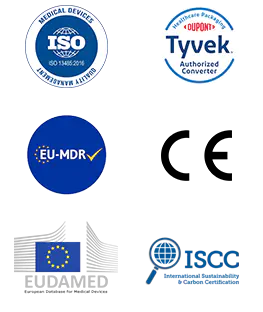Content
- 1 What is Tyvek Packaging and Why Does It Matter?
- 1.0.1 Understanding Tyvek in Medical Packaging
- 1.0.2 Tyvek is distinct from materials like medical-grade paper or film laminates. Its fibers are tightly bonded yet allow air and sterilizing gases to pass through. This breathability supports common sterilization methods while helping to keep contaminants out once the process is complete. For manufacturers, this means they can design packs that both protect and open cleanly in clinical settings.
- 1.1 Why Tyvek Packaging Matters in Healthcare
- 2 What is a Tyvek Pouch Made Of?
- 3 Key Features and Real-World Benefits
- 4 What Medical Devices Commonly Use Tyvek Packaging?
- 5 Why Tyvek Beats Medical-Grade Paper for Sterile Protection
- 6 Why Choose Hopeway AMD's Medical Packaging Made of Tyvek
What is Tyvek Packaging and Why Does It Matter?
In healthcare, the journey from manufacturing a sterile product to its final use in a clinic or hospital is a delicate process. Every step must maintain cleanliness and product integrity. This is where Tyvek packaging plays a vital role. Tyvek is a high-density polyethylene material developed with a unique spunbonded structure. Its combination of strength, breathability, and barrier protection makes it a trusted choice for packaging medical devices that require sterilization before use.
Understanding Tyvek in Medical Packaging
Tyvek is distinct from materials like medical-grade paper or film laminates. Its fibers are tightly bonded yet allow air and sterilizing gases to pass through. This breathability supports common sterilization methods while helping to keep contaminants out once the process is complete. For manufacturers, this means they can design packs that both protect and open cleanly in clinical settings.
| Feature | Function in Healthcare Packaging | Practical Impact |
|---|---|---|
| Breathability | Allows sterilizing agents to penetrate | Maintains sterility during processing |
| Tear Resistance | Resists punctures during handling | Reduces risk of compromised seals |
| Low Linting | Minimizes particles during opening | Supports sterile field standards |
Why Tyvek Packaging Matters in Healthcare
In medical environments, packaging is more than just a container — it is part of the safety system. Tyvek's structure offers a microbial barrier that helps prevent bacteria, viruses, and other particles from reaching the packaged device. For items like surgical instruments, catheters, or diagnostic kits, keeping them protected until point-of-use is essential to patient safety.
Beyond barrier properties, Tyvek provides consistent peelability. This means healthcare staff can open the package in one smooth motion without creating airborne particles that might contaminate a sterile field. This controlled opening process is an important factor in operating rooms and other clean areas.
Environmental and Practical Considerations
While healthcare focuses heavily on safety, sustainability is gaining importance. Tyvek is recyclable in certain HDPE recycling streams, giving facilities a way to reduce waste. Its lightweight nature also helps lower transport loads, which can indirectly support environmental goals.
From a handling perspective, Tyvek's flexibility allows it to be used in pouches, header bags, lids, and roll stock. This versatility means it can suit many different product shapes and sizes, from small instruments to larger kits.
Applications Across Healthcare Settings
Tyvek packaging is used for a range of devices, including:
Surgical tools
Implant components
Laboratory test kits
Dental supplies
Disposable medical accessories
By adapting to multiple forms, Tyvek supports both high-volume production and specialized, smaller-scale device packaging.
What is a Tyvek Pouch Made Of?
Building on the understanding of Tyvek as a material, the Tyvek pouch represents a specific application designed to safeguard medical instruments and supplies. These pouches combine Tyvek with complementary materials to create a packaging solution that meets strict healthcare standards while facilitating easy handling in clinical settings.
Components of a Tyvek Pouch
At its core, a Tyvek pouch typically consists of two main layers:
Tyvek Film Layer: This side of the pouch provides a breathable yet protective barrier, ensuring sterilizing gases can pass through while maintaining a microbial shield. Its unique fiber structure balances air permeability with resistance to tears and punctures, which is essential for maintaining product integrity.
Transparent Film Layer: Usually made from medical-grade plastic such as polyethylene or polypropylene, this side allows healthcare workers to visually inspect the contents without opening the package. It also offers a secure seal to maintain sterility throughout storage and handling.
The union of these two layers ensures that the pouch not only protects but also supports sterile processing and safe use.
Why This Combination Works Well in Medical Packaging
The materials chosen for Tyvek pouches are carefully selected to complement each other's strengths. Tyvek's breathability supports sterilization techniques that rely on gas or steam penetration. Meanwhile, the plastic film adds visibility and provides an effective sealing surface.
| Layer | Key Characteristics | Role in Sterile Packaging |
|---|---|---|
| Tyvek | Breathable, tear-resistant | Microbial barrier, sterilization compatibility |
| Plastic Film | Clear, sealable, flexible | Visual inspection, maintains sterile environment |
Additional Considerations in Tyvek Pouch Design
Manufacturers consider various factors to optimize the pouch for healthcare needs:
Seal Strength: The seal between Tyvek and the film must withstand handling but allow easy peel-open without contaminating the sterile contents.
Printability: Labels and instructions can be printed directly on the pouch, improving traceability and user guidance.
Size and Shape Flexibility: Pouches are produced in various dimensions to fit instruments ranging from small scalpels to larger kits.
Compliance: Production follows medical device packaging standards, ensuring reliability and regulatory acceptance.
Practical Benefits for Healthcare Providers
For hospitals, clinics, and labs, these pouches simplify sterilization processes and inventory management. The transparent side lets staff quickly confirm contents, reducing handling errors. The easy-open feature helps maintain sterile fields during preparation and procedures.
Key Features and Real-World Benefits
When selecting packaging for medical devices, understanding the distinct features and practical advantages of materials like Tyvek is crucial. These features contribute not only to the protection of devices but also to the efficiency and safety of healthcare operations.
Essential Features of Tyvek Packaging
Tyvek packaging offers a blend of qualities tailored for medical use, balancing durability and functionality. Some of the key characteristics include:
Breathability: Allows sterilization gases such as ethylene oxide and steam to permeate, ensuring thorough sterilization without compromising the package's barrier against contaminants.
Strength and Durability: Provides resistance to tears, punctures, and abrasions during handling, transportation, and storage, which helps maintain the sterile barrier.
Clean Peelability: Designed for controlled opening that reduces the risk of contamination during unpacking, supporting aseptic procedures.
Low Lint Generation: Limits the release of particles when opening, which is vital in sterile environments to maintain cleanliness.
Printability: Supports clear labeling, which improves traceability, compliance, and ease of use by medical personnel.
How These Features Translate into Practical Benefits
Healthcare providers benefit from these attributes in several ways, improving workflow and patient safety:
| Feature | Practical Benefit | Impact on Healthcare |
|---|---|---|
| Breathability | Supports effective sterilization | Ensures devices are safe for use |
| Durability | Minimizes damage during transit | Reduces waste and repackaging |
| Clean Peelability | Enables quick, sterile opening | Maintains aseptic conditions |
| Low Lint | Reduces contamination risk | Protects sterile field integrity |
| Printability | Clear device identification | Improves inventory and tracking |
Real-World Applications
In busy medical environments, packaging must perform reliably under varied conditions. Tyvek packaging has proven valuable in:
Surgical Settings: Protects instruments and implants by maintaining sterility until the moment of use.
Emergency Care: Facilitates rapid and safe access to critical supplies without compromising sterility.
Laboratories: Ensures test kits and sensitive devices remain uncontaminated during transport and storage.
Dental Clinics: Supports hygiene standards by securely packaging tools used in various procedures.
Enhancing Operational Efficiency
By combining protection with ease of use, Tyvek packaging can help reduce preparation time and handling errors. Its peel-open design allows healthcare staff to focus on patient care rather than wrestling with packaging, while clear labeling helps maintain organized supply chains.
What Medical Devices Commonly Use Tyvek Packaging?
In healthcare, ensuring devices arrive sterile and ready for use is essential to patient safety and treatment success. Tyvek packaging is widely employed across a variety of medical products due to its protective qualities and compatibility with sterilization processes. Understanding which devices commonly utilize this type of packaging highlights its versatility and importance.
Typical Medical Devices Packaged with Tyvek
Tyvek packaging supports a range of instruments and products, often those requiring strict sterility standards and protection during transport. Some common examples include:
Surgical Instruments: Items such as scalpels, forceps, scissors, and clamps often arrive in Tyvek pouches or roll stock. The packaging helps maintain sterility until the tools are opened in the operating room.
Implants and Prosthetics: Components used in surgeries, including orthopedic implants and dental prosthetics, are frequently packaged in Tyvek to ensure protection from contamination and damage.
Diagnostic Kits: Various test kits, including swabs and sample collection devices, are sealed in Tyvek packaging to preserve cleanliness and functionality until use.
Catheters and Tubing: Flexible medical accessories benefit from the barrier and breathability properties of Tyvek, which help preserve their integrity during sterilization and handling.
Dental Tools and Accessories: Dental clinics often use Tyvek packaging to secure small instruments and disposables, maintaining hygiene standards critical to patient care.
Versatility Across Healthcare Environments
Tyvek packaging adapts to different sizes and shapes, making it suitable for both simple and complex products. It can be found in:
| Device Type | Packaging Format | Healthcare Setting |
|---|---|---|
| Surgical Instruments | Pouches, roll stock | Hospitals, surgery centers |
| Implants | Sealed pouches, blister packs | Orthopedic, dental clinics |
| Diagnostic Kits | Peel pouches, header bags | Laboratories, clinics |
| Catheters & Tubing | Roll stock, pouches | Hospitals, outpatient facilities |
| Dental Tools | Small pouches, bags | Dental offices |
Why Tyvek Packaging Fits These Devices
The common thread among these medical products is the need for a secure, sterile barrier combined with compatibility for sterilization techniques. Tyvek's structure allows sterilization agents to penetrate while providing resistance to tears and punctures, reducing the likelihood of contamination. This balance makes it a practical packaging choice across diverse medical device categories.
Why Tyvek Beats Medical-Grade Paper for Sterile Protection
In the medical packaging field, several materials are used to maintain sterility and protect devices. Among these, Tyvek and medical-grade paper have been common choices. However, Tyvek offers a combination of properties that make it a practical option for many healthcare applications.
Comparing Breathability and Sterilization Compatibility
Both Tyvek and medical-grade paper allow sterilization gases such as ethylene oxide or steam to penetrate the packaging. However, Tyvek's unique structure supports a consistent level of permeability without compromising the barrier function. This balance helps ensure effective sterilization while maintaining product protection during storage and handling.
Strength and Resistance to Damage
Medical-grade paper can be more prone to tearing or punctures during transport or handling, which may increase the risk of sterility breaches. Tyvek, with its fibrous composition, tends to provide greater resistance to damage while still remaining flexible. This durability supports longer shelf life and helps reduce packaging failures in busy medical environments.
| Aspect | Tyvek | Medical-Grade Paper |
|---|---|---|
| Gas Permeability | Consistent and reliable | Variable |
| Tear and Puncture Resistance | More resilient | More susceptible |
| Peelability | Controlled, clean peel | Can stick or tear unpredictably |
| Particle Generation | Low linting | Higher linting potential |
Ease of Use in Clinical Settings
Healthcare professionals benefit from Tyvek's controlled peel properties, which allow packages to be opened quickly and safely without damaging the sterile barrier. This feature supports aseptic technique and reduces the chance of contamination during unpacking. In contrast, medical-grade paper packages may sometimes tear irregularly, leading to challenges in maintaining sterile fields.
Considerations for Inventory and Traceability
Tyvek's surface supports printing directly on the packaging, which enhances labeling clarity. Clear markings help with inventory management, device identification, and compliance with regulatory requirements. While medical-grade paper can also be printed on, Tyvek generally offers improved durability for labels and markings during handling.
Why Choose Hopeway AMD's Medical Packaging Made of Tyvek
Hopeway AMD offers medical packaging made of Tyvek that supports maintaining device sterility throughout sterilization, transport, and storage. Their products comply with healthcare industry standards to ensure safety and reliability.
The packaging solutions are designed to fit different types and sizes of medical devices, making handling and use more efficient for healthcare providers.
In addition, Hopeway AMD pays attention to environmental impact by using recyclable materials and sustainable manufacturing practices.
This combination of compliance, flexibility, and responsibility helps keep medical devices protected and ready for clinical use.

 English
English Français
Français Deutsch
Deutsch Nederlands
Nederlands

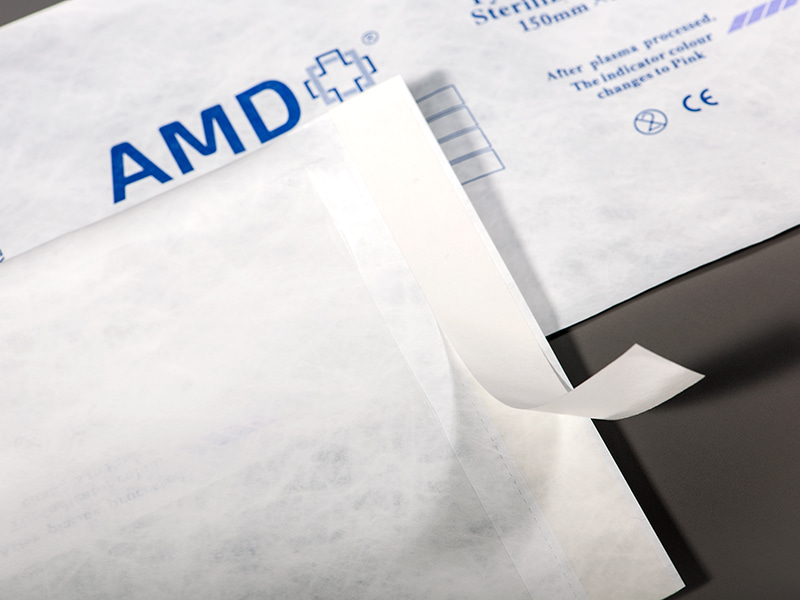
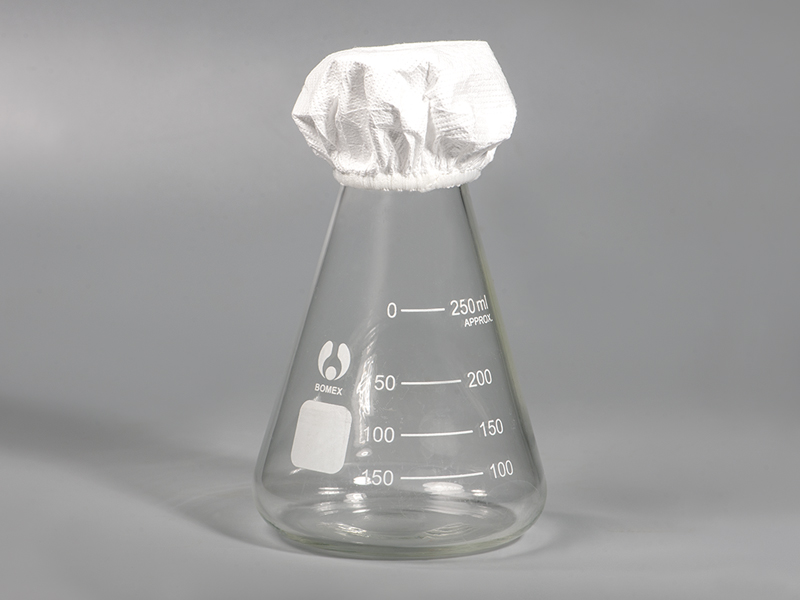
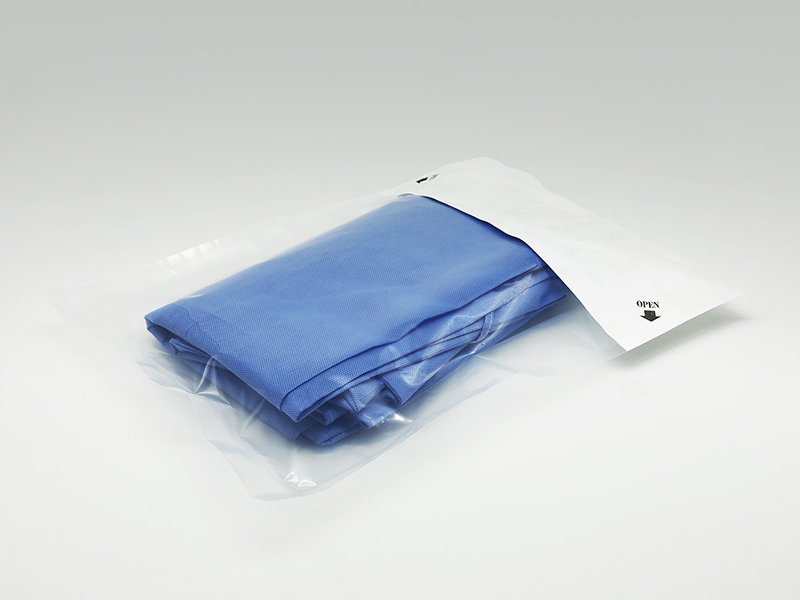


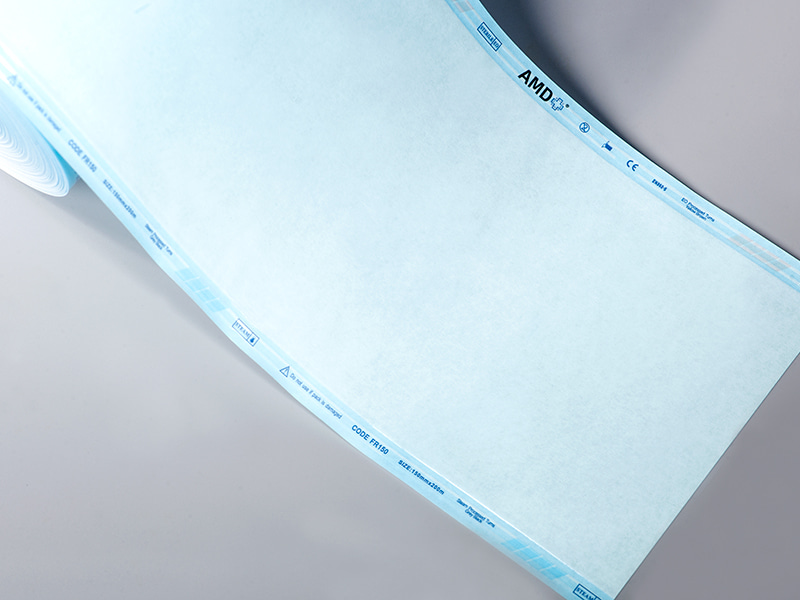
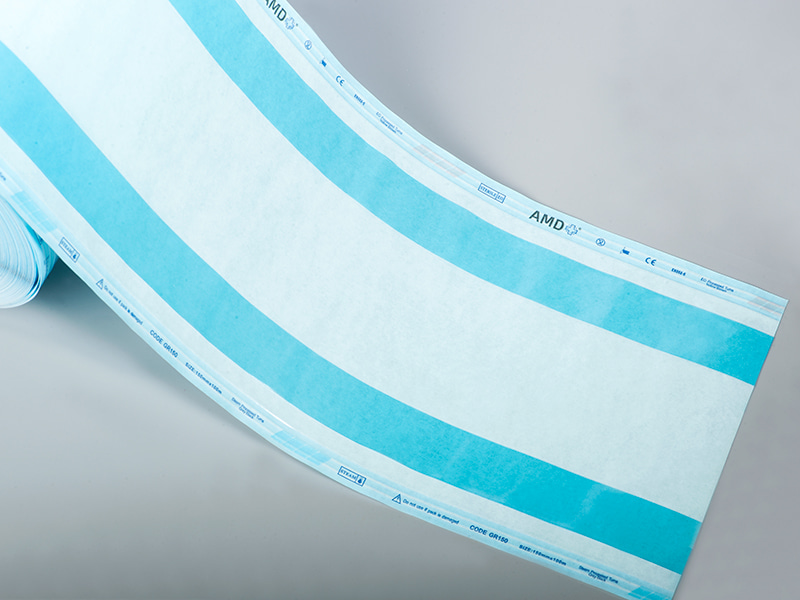
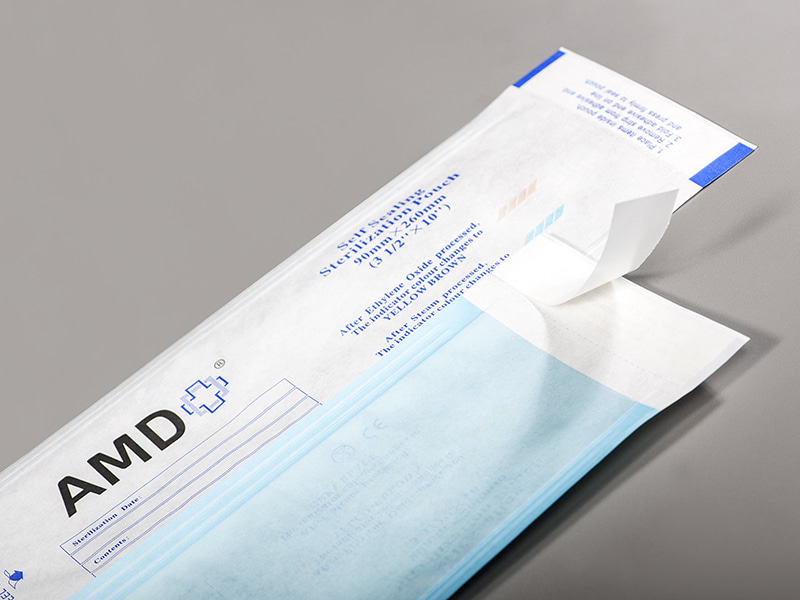
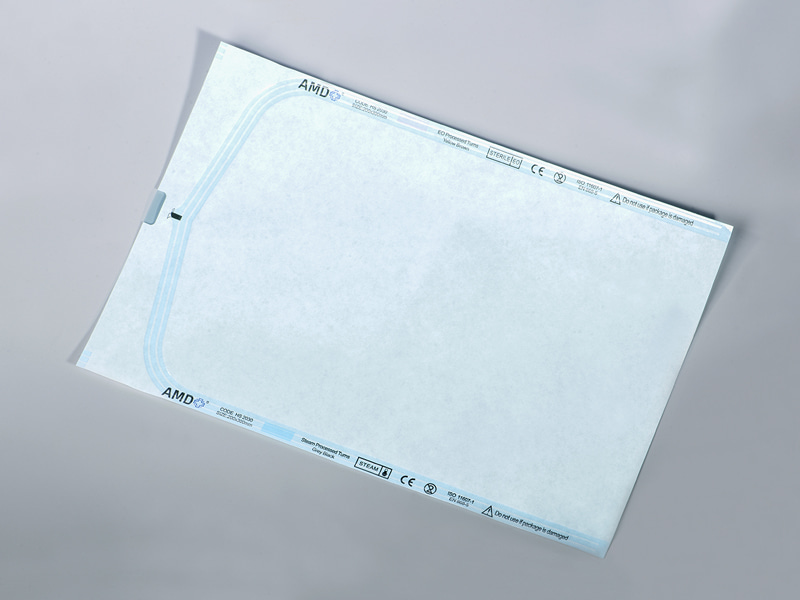
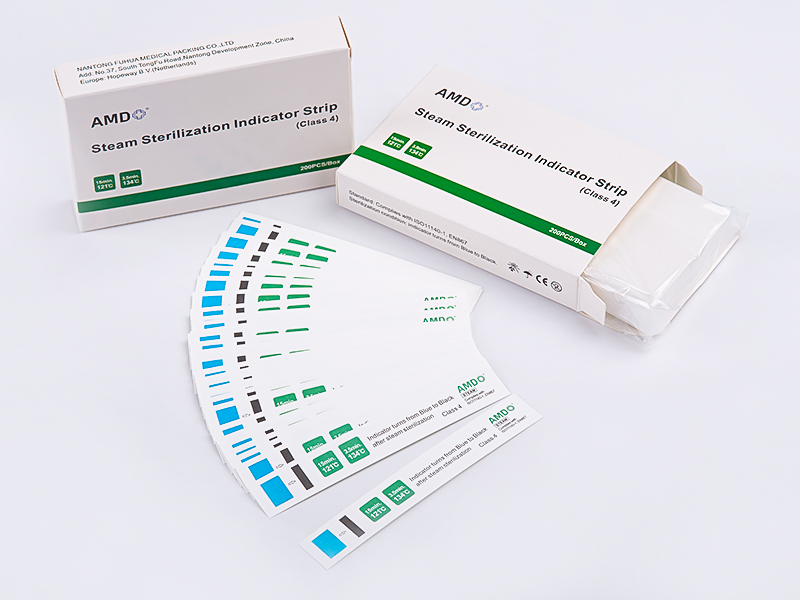
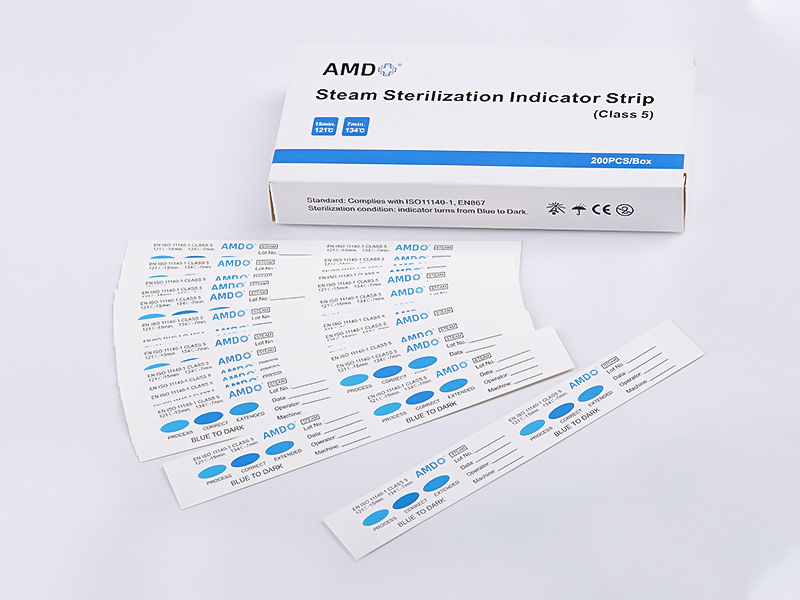

 ‘s-Gravenweg 542, 3065SG RotterdamThe Netherlands
‘s-Gravenweg 542, 3065SG RotterdamThe Netherlands
 +31 (0)10 254 28 08
+31 (0)10 254 28 08
